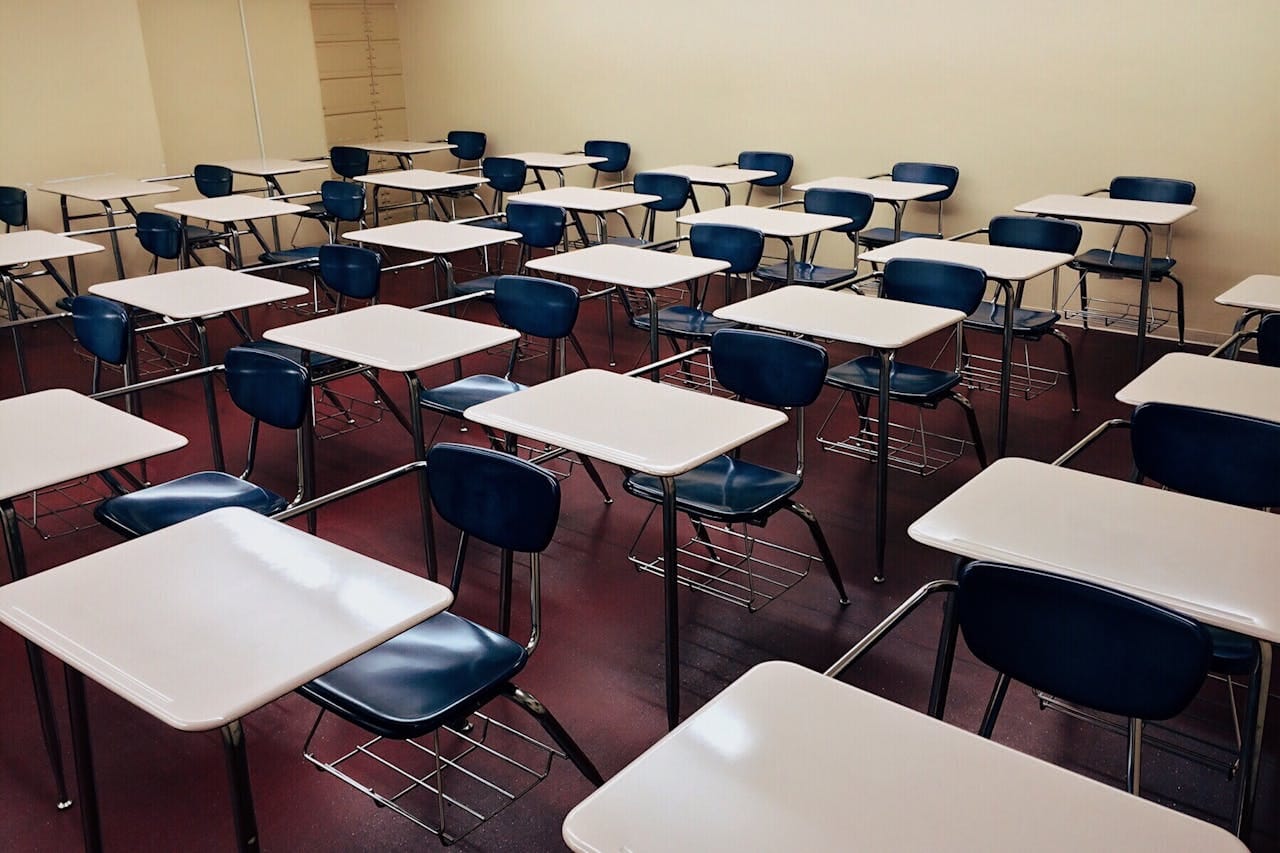Tips for Effective Classroom Management
Effective classroom management aims to create an environment where students feel safe, engaged, and motivated to learn, while minimizing disruptions and maximizing instructional time.

Effective classroom management aims to create an environment where students feel safe, engaged, and motivated to learn while minimizing disruptions and maximizing instructional time. It requires continuous reflection, flexibility, and the ability to adapt strategies to meet the unique needs of individual students and the overall class dynamics. As educators and school leaders, it is essential to be equipped with effective classroom management strategies that can help create a conducive atmosphere for learning.
Studies have shown that effective classroom management not only improves student behavior but also enhances academic outcomes. A study conducted by Emmer and Sabornie (2015) found that effective classroom management practices positively impacted student achievement and reduced disruptive behaviors. We explore some key strategies proven to enhance classroom management.
💡 Lessons learnt: The goal isn't to get a good class. The goal is to grow and cultivate one.
Establishing Clear Expectations
Clearly communicate expectations
Take the time to explain and discuss the behavior expectations with your students explicitly. Use simple and concise language that is easy for students to understand. Display these expectations in a visible location in the classroom, such as a poster or a bulletin board.
Involve students in creating expectations
Engage your students in the process of establishing classroom rules and expectations. This not only gives them a sense of ownership but also helps them understand the rationale behind the rules. Encourage open discussions and allow students to contribute their ideas.
Reinforce expectations consistently
Consistency is key when it comes to enforcing expectations. Be proactive in addressing misbehavior and providing immediate feedback. Use positive reinforcement to acknowledge and reward students who consistently meet the expectations.
Model desired behaviors
As educators, we serve as role models for our students. Demonstrate the behaviors you expect from your students by consistently modeling them yourself. This includes being respectful, following rules, and exhibiting a positive attitude.
Stay informed and connected using technology
Education management technology can provide valuable insights into student progress and overall well-being. You can use apps like Adiutor to easily manage your class's student profiles, attendance, and academic records while keeping their guardians in the loop on updates concerning their kids.
Building Positive Relationships
Get to know your students
Take the time to learn about your students' interests, backgrounds, and personal experiences. Show genuine interest in their lives and make an effort to connect with each student individually. This can be done through informal conversations, interest surveys, or one-on-one talks.
Foster a supportive classroom culture
Create a classroom environment that promotes collaboration, respect, and empathy. Encourage students to work together, celebrate each other's achievements, and support one another. Implement cooperative learning activities and group projects that encourage teamwork and positive interactions.
Show empathy and understanding
Recognize that each student is unique and may be facing challenges outside of the classroom. Show empathy and understanding towards their struggles and provide appropriate support,resources and guidance when needed
Implementing Effective Routines and Procedures
Establish a daily schedule
Create a daily schedule that outlines the different activities and transitions throughout the day. Communicate this schedule to students and consistently follow it. Having a predictable routine helps students plan their day and minimizes disruptions.
Teach and practice routines
Explicitly teach students the routines and procedures that are necessary for various classroom activities, such as entering the classroom, transitioning between subjects, or packing up at the end of the day.
Reinforce positive behavior during transitions
Transitions can often be a challenging time for students, leading to disruptions and off-task behavior. Use positive reinforcement during transitions by acknowledging and rewarding students who follow the routines and procedures correctly. This can be done through verbal praise, stickers, or other small incentives.
Set clear expectations for materials and supplies
Clearly communicate the expectations for how students should handle and use materials and supplies in the classroom. Teach students how to properly organize and care for their materials. Implement systems, such as labeled bins or storage areas, to help students easily access and return materials.
Utilizing Proactive Strategies
These strategies focus on preventing misbehavior and promoting a positive learning environment, rather than solely reacting to negative behavior.
Create engaging and interactive lessons
Design lessons that actively engage students and cater to their diverse learning styles and interests. Incorporate hands-on activities, group work, technology, and real-world connections to make the learning experience more meaningful and enjoyable. Engaged students are less likely to engage in disruptive behavior.
Use visual aids and cues
Visual aids, such as charts, posters, and graphic organizers, can help students understand expectations and procedures more easily. Display visual cues that remind students of desired behaviors or steps to follow. For example, a poster displaying the steps of the scientific method can help students stay on track during science experiments.
Implement effective classroom transitions
Smooth transitions between activities can help maintain a positive and focused learning environment. Use attention-getting signals, such as a chime or a raised hand, to indicate when it is time to transition. Provide clear instructions and time limits for transitions to keep students on task.
Use positive reinforcement
Consider implementing a reward system, such as a point system or a token economy, to motivate and encourage positive behavior. Students who contribute positively in class may receive points that add to their overall scores for the semester.
Use proximity and nonverbal cues
Move around the classroom and be present among students during independent or group work to monitor behavior and provide support. Utilize nonverbal cues, such as eye contact, gestures, or a gentle touch on the shoulder, to redirect students or provide reminders without disrupting the entire class.

Adiutor
Adiutor means "helper" - we do just that, by taking a load of your school administration and helping you focus on what matters most: the kids.
References:
Emmer, E. T., Everston C.M., Worsham E.M. Classroom management for elementary teachers. Pearson Education.
Marzano, R. J., Marzano, J. S., & Pickering, D. J. (2003). Classroom management that works: Research-based strategies for every teacher. ASCD.
Hamre, B. K., & Pianta, R. C. (2001). Early teacher-child relationships and the trajectory of children's school outcomes through eighth grade. Child development, 72(2), 625-638.
Brophy, J., & Good, T. L. (1986). Teacher behavior and student achievement.
Sprick, R. S., Knight, J., Reinke, W. M., & McKale, T. (2006). Coaching classroom management: Strategies and tools for administrators and coaches.
